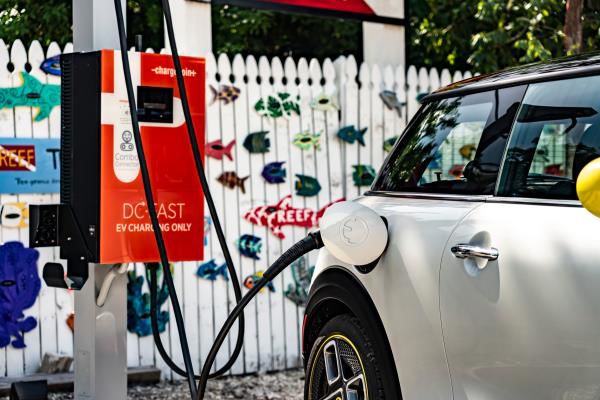Can You Save Money Driving an Electric Vehicle?
(StatePoint) While many motorists are aware of the environmental benefits of going electric, they may not know just how much they stand to save by making the switch.
Here are some fast facts about the economics of driving an electric vehicle (EV):
• Tax Incentives: Depending on your eligibility and the capacity of the battery used to power the vehicle, buying an EV can come with up to $7,500 in Federal Tax Incentives, helping you lower the upfront costs of your purchase. Talk to a tax professional to see where you stand. State and local incentives may also apply for an additional savings, so visit afdc.energy.gov to search for state and local laws and incentives.
• Fuel Economy: The average U.S. resident drives 13,476 miles per year and spends about $1,262 on gasoline. Over the six-year average length of car ownership, that represents about $4,446 in gasoline savings. To calculate your estimated savings based on your local gasoline prices, amount of mileage you average annually and other factors, visit ChooseEV.com/Savings-Calculator.
• Time Savings: Time is money for busy people. The latest EV models are quick to charge compared to their predecessors. With 19,000 public charging stations nationwide and the majority of EV drivers charging their vehicles at home, being road-ready is a fairly convenient prospect these days. In the case of the MINI Cooper SE battery electric vehicle, for example, you can quick-charge to 80 percent in 36 minutes, and the vehicle offers a 110-mile EPA-rated driving range at full charge. This model is particularly convenient, as regenerative brakes allow you to send energy back into your battery during the drive. To learn more about its features, visit, miniusa.com.
“If you’re in the market for a new car, being informed about the many benefits of electric mobility is essential,” says Andrew Cutler, head of corporate communications, MINI USA. “Going electric is not just stylish and good for the planet, for many folks, it can be a practical financial decision.”

